Sixty years ago this April, the Walt Disney Company rolled the dice. Again.
There were many times during his career when Walt Disney took on the role of riverboat gambler, betting everything – his reputation, his company’s financial well-being, even his own family’s homes, and nest eggs – on an idea.

There was the idea of adding sound to a “silent” cartoon short. No one had ever done it before until Steamboat Willie was released in 1927. It was a gamble that turned animation [pun intended] on its ears.
Then there was the release of the industry’s first full-length, animated feature film: Snow White and the Seven Dwarfs, in 1937. The “experts” called the movie “Disney’s folly,” because, they said, no one would be willing to sit through a 90-minute cartoon. Much like the Dwarfs’ workplace, Snow White was a gold mine.
In 1955, Disneyland – the world’s first family-friendly theme park – opened with even more naysayers lining up to voice their negative opinions. It won’t last six months, they all agreed. Of note: Disneyland celebrates its 69th birthday on July 17.
In short, the doubters have always had a field day whenever they caught wind of one of Walt’s seemingly hair-brained schemes. But Walt being Walt, always had the last laugh.
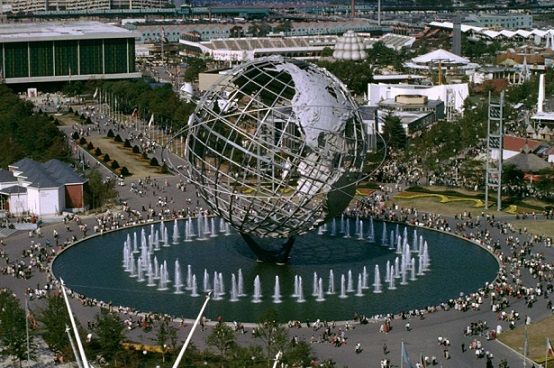
In 1964, the doubters were out in force when they learned that the Walt Disney Company had committed to producing four attractions for the 1964-1965 World’s Fair in the New York City borough of Queens.
For historical context, let’s revisit the year 1964, which I’ve always felt was the most important year in Disney history, considering the opening of the World’s Fair and its four Disney-created shows, the release of Mary Poppins and the fact that Disney was secretly scooping up land in central Florida to build Walt Disney World.
“The World’s Fair was really a big lesson, a big proving ground in many ways for us,” Marty Sklar, former head of Walt Disney Imagineering and a Disney Legend, told me in 2010. “The main thing we learned was that the audience was there for Disney-style entertainment.”
That was the big gamble when it came to Disney and the World’s Fair.
It’s difficult to comprehend, given the impact Disney has had on the entertainment industry over the years, but Walt Disney and his staff had deep concerns that their West Coast brand of entertainment would be accepted east of the Mississippi River.

Marty Sklar’s brother, Robert, was a noted film historian, author, and long-time professor of cinema studies at New York University’s Tisch School of the Arts. “We often talked about [Disney’s perceived East Coast stigma],” Marty told me. “Back at that time, there weren’t a lot of theaters in Manhattan and it was a hard place for Disney to run its films.”
Despite that obstacle, Walt decided it was time to find out, once and for all if that East-West thing was real or just a figment of imagination.
So, in 1960, Walt committed his staff to producing three shows – Ford’s Magic Skyway, Great Moments with Mr. Lincoln in the Illinois state pavilion, and Carousel of Progress for General Electric – for the Fair. A fourth show, “it’s small world,” sponsored by Pepsi-Cola, would be added to the lineup just 11 months before opening day, April 22, 1964.

To East Coast Disney fans, the shows were the first sampling of Disney’s unique brand of family-friendly entertainment. Folks east of the Mississippi watched from afar for years with more than a little curiosity at what Disney was accomplishing in California – with Disneyland, the world’s first theme park, the ever-popular “Mickey Mouse Club” television show, beloved cartoons and short subjects, the nature-based “True-Life Adventures” film series and, of course, all those award-winning motion pictures.
The fact that Walt Disney was taking his show on the road, and putting it right in our backyard, was truly a dream come true. We couldn’t wait to see the Disney World’s Fair attractions up close and personal … again and again.
What set the Disney attractions apart from anything else that had ever been presented at a park or fair up to that point was the use of Audio-Animatronics technology. Walt Disney introduced Audio-Animatronics to the world in his Enchanted Tiki Room show at Disneyland in 1963.
The four Fair shows, however, were far more ambitious than a flock of singing and chirping birds, pushing Disney’s creative staff to new heights of achievement despite the fact that the technology was still very much in its infancy.
NO TEMPLATE TO WORK FROM
Disney’s designers had no template to work from; they were pretty much inventing things, often by trial and error, as they went along … all with a deadline hovering over them.
In addition to the robotic figures used in the four shows, Disney also devised new ride systems – most notably Bob Gurr’s creation of what’s become known as the PeopleMover – which further enhanced both efficiency and enjoyment of each show.
Ford’s Magic Skyway, General Electric’s Carousel of Progress, Pepsi-Cola’s “it’s a small world” and Great Moments with Mr. Lincoln in the Illinois state pavilion introduced millions of amazed visitors on the Fair’s grand stage to the revolutionary Disney-created entertainment forms.
With all the buzz Audio-Animatronics and the ride conveyances generated, Disney would forever transform the way theme park attractions would be presented.
The World’s Fair also demonstrated just how much business acumen Walt Disney possessed, and how astute a planner he was. In the years leading up to the World’s Fair, “we didn’t realize fully what Walt was doing,” Sklar said.
“Think about it this way: In 1959, Disneyland added Matterhorn Mountain, the submarine voyage and the monorail. Disneyland was set for years. Walt turned all his attention to the World’s Fair.
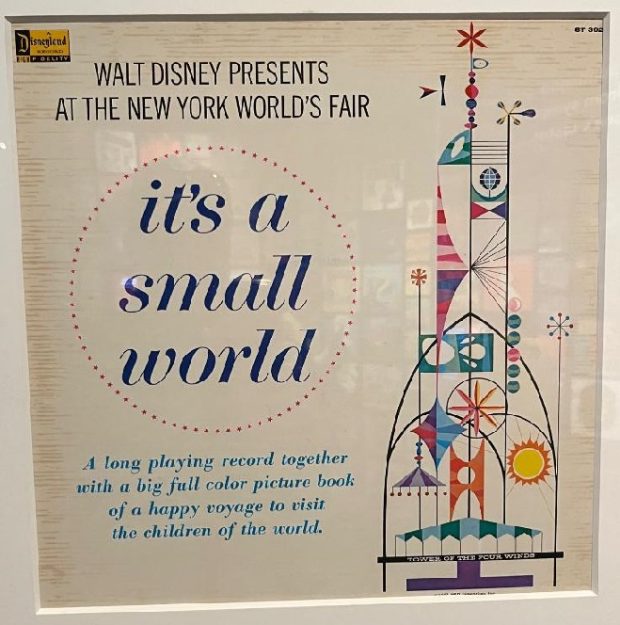
Most people, including many on the company payroll, also didn’t realize that something even more elaborate was going on behind the scenes. “Walt was using the Fair as a stepping-stone to building Walt Disney World,” Marty said. “In fact, around the same time the Fair opened, we were buying the first pieces of property in Florida.”
Not only were the Fair shows paid for, but they were guaranteed hits for Disneyland, having been tested and given a rousing stamp of approval by an always-demanding East Coast audience.
In 1965, during the Fair’s second season, Great Moments with Mr. Lincoln opened in Disneyland, giving what Marty called a “coast-to-coast presentation.”
In 1966, “it’s a small world” debuted in a new show building in Fantasyland, while Carousel of Progress made its West Coast debut in 1967. Some of the dinosaurs used in the Ford’s Magic Skyway attraction took up residence in dioramas which can be viewed while riding the Disneyland Railroad to this day.

The World’s Fair was a huge success for Disney, dispelling once and for all the company’s East Coast fears, but getting from Point A – the day Walt committed to participating in the Fair – to Point B – the day the Fair opened – was a monumental undertaking. It seemed that every time one obstacle was cleared, two more hurdles would pop up.
To begin with, Disney’s base of operations was in California. The four attractions were designed and built at the Walt Disney Studios, dismantled and shipped to the East Coast, then reassembled on-site. That meant that Disney staff members spent many long and tedious hours flying back and forth, living a bicoastal lifestyle.
“The installation was the big thing,” Marty said. “We rented apartments in Queens – Lefrak City and I forget where else – and we had people living there and coming in and out every week. Don Edgren, who was our chief engineer, actually lived in New York for three years, working with the Ford people.”
Marty also remembered transporting “all kinds of things on the plane rides back to California; you just couldn’t do that today.”
There also were issues with New York City’s unionized labor force. “Every one of the pavilions, I believe, had a different contractor at the time. It was a huge challenge dealing with the unions in New York and hoping your crew would work a whole day.”
But in true Disney fashion, everyone lived happily ever after. Disney’s participation in the World’s Fair was a monumental success, paving the way for greater successes in the years ahead.
There were several elements at the World’s Fair that, in retrospect, seemed very Disney-esque. For one thing, the icon of the Fair, a 12-story high, stainless steel model of the Earth, was a structure called Unisphere. Years later, EPCOT opened with a 180-foot-tall geodesic sphere called Spaceship Earth as its icon.
The Unisphere, which remains on the fairgrounds to this day, was built of U.S. Steel, the same company that would build the Contemporary and Polynesian resorts at Walt Disney World.

Unlike Disney’s monorails, however, AMF’s version rode below the track, suspended from overhead power units with rubber tires.
The monorail station was constructed of structural steel and Fiberglass panels. Guests needed to take an escalator to and from the loading platform, some 40 feet above the ground.
And just like Disney, the Fair closed each night with an elaborate fireworks display, with water shooting up from various locations in the park the enhance the presentation.
First in a five-part series. Next time: The Illinois State Pavilion, featuring Great Moments with Mr. Lincoln.
Chuck Schmidt is an award-winning journalist and retired Disney cast member who has covered all things Disney since 1984 in both print and on-line. He has authored or co-authored seven books on Disney, including his On the Disney Beat and The Beat Goes On for Theme Park Press. He also has written a regular blog for AllEars.Net, called Still Goofy About Disney, since 2015.


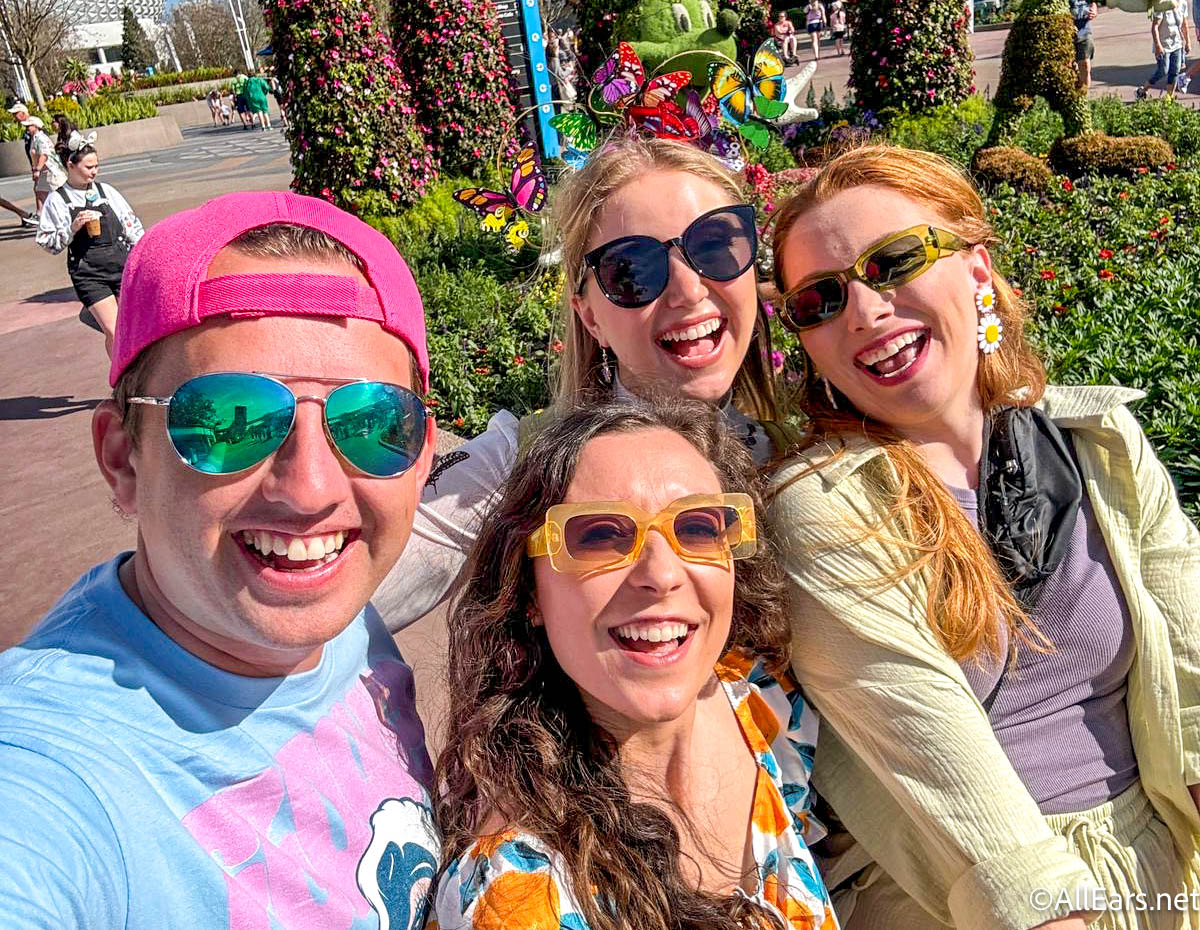
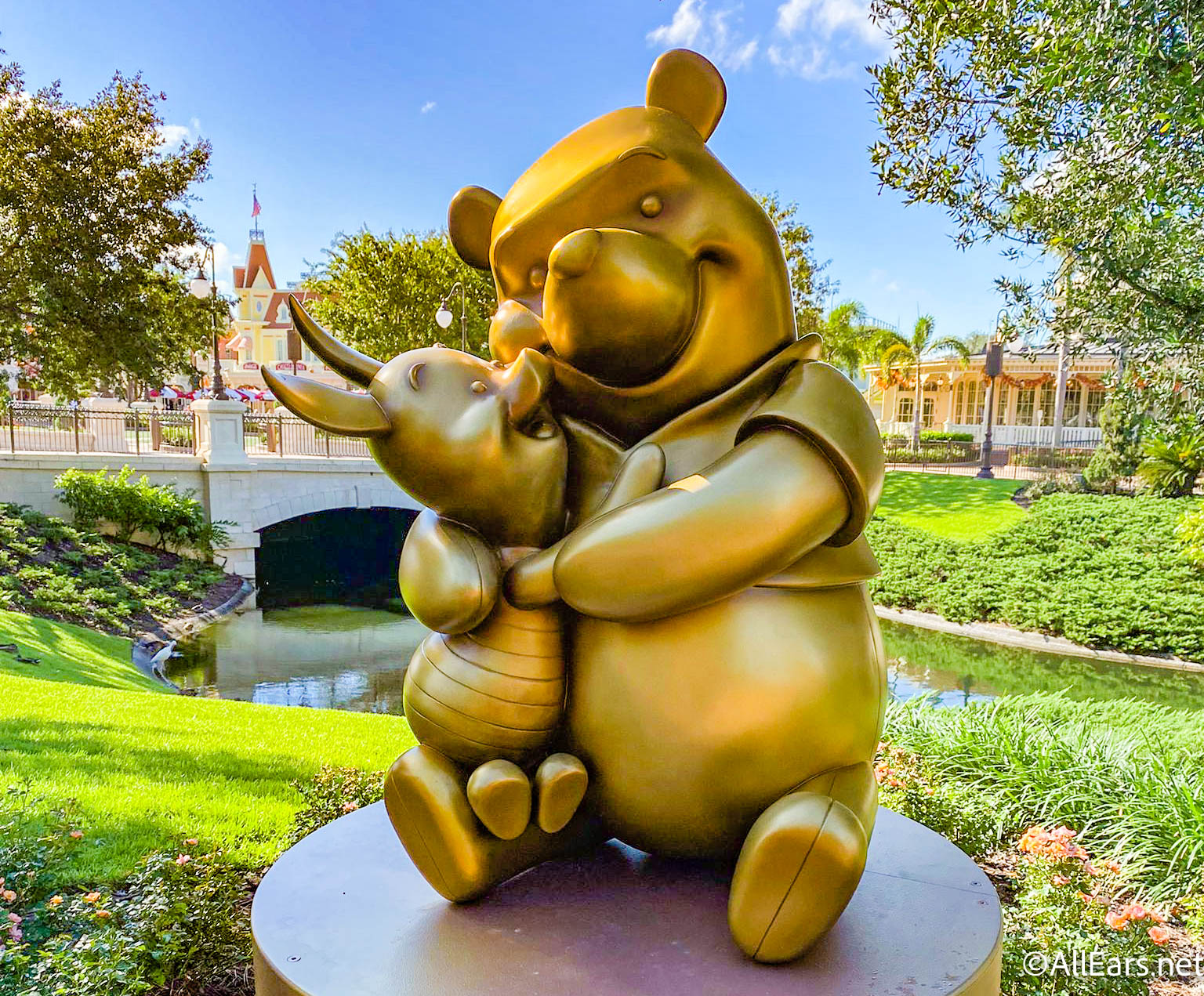

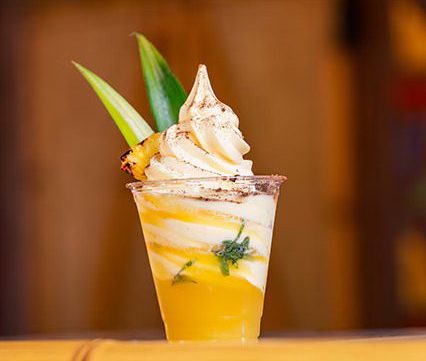

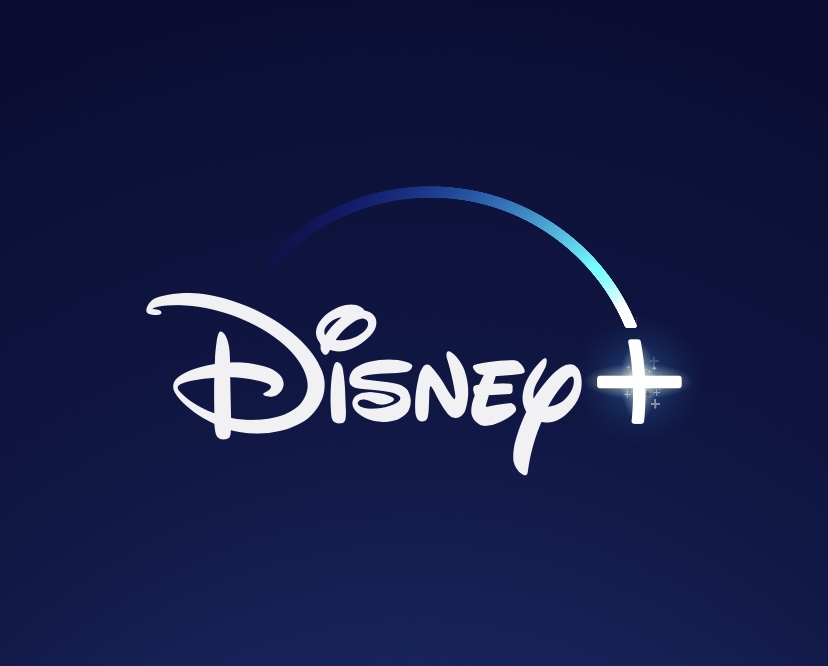
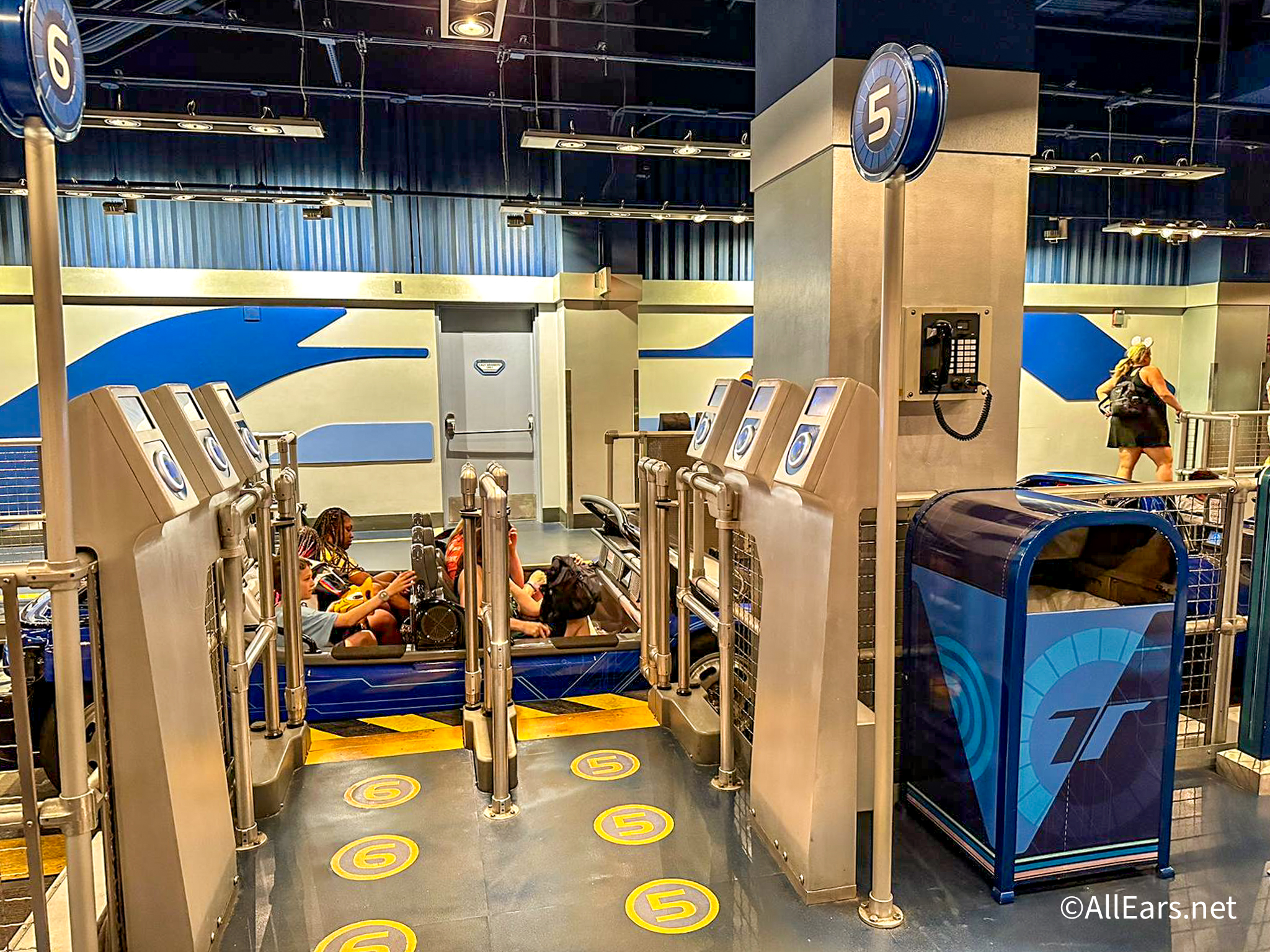

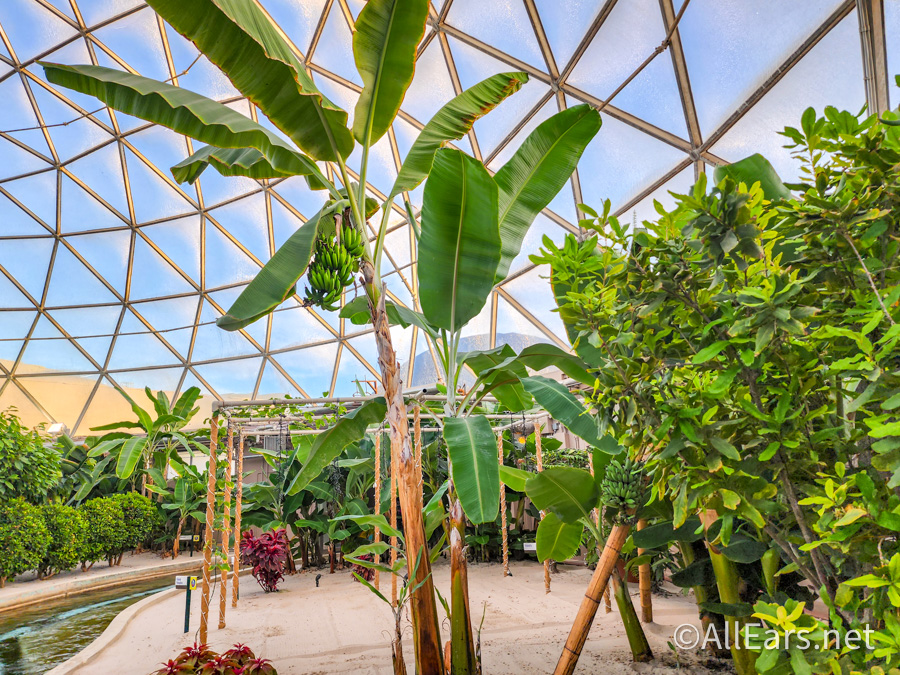

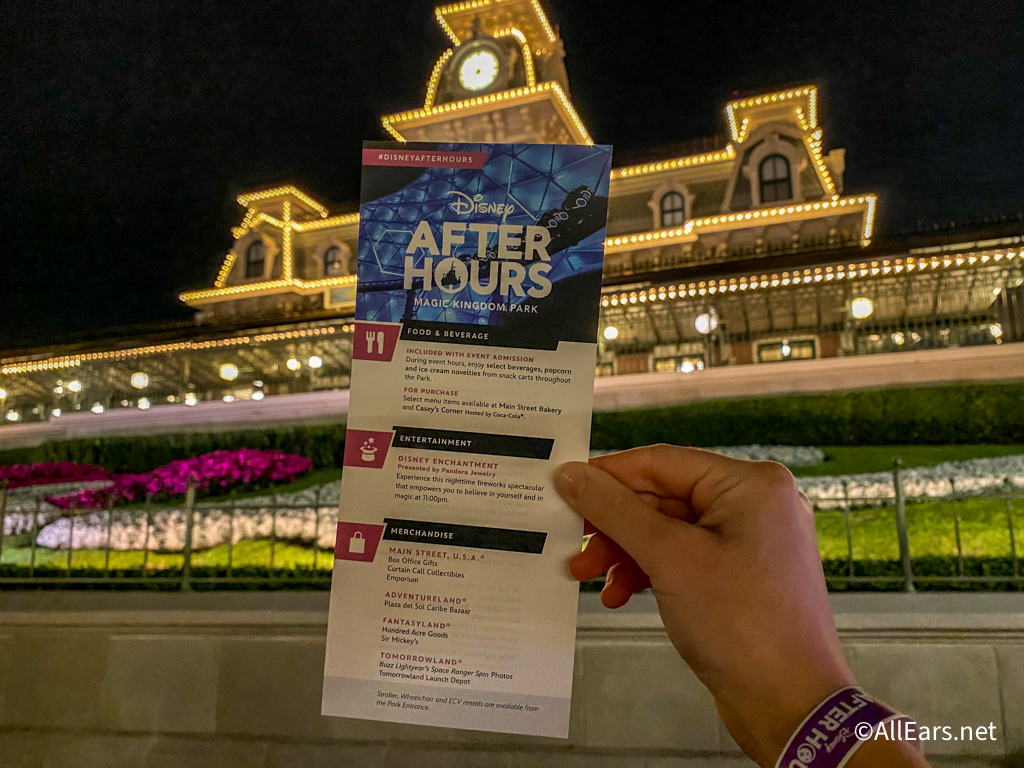
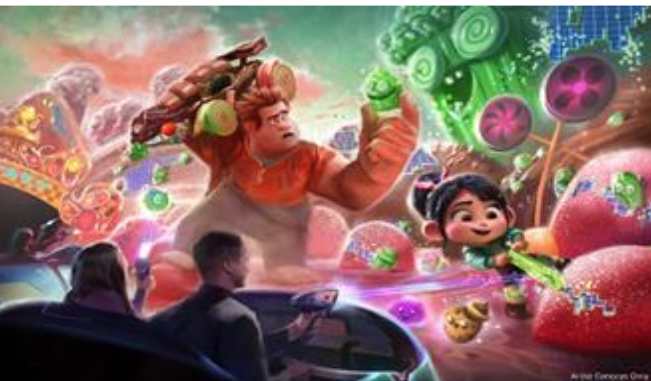
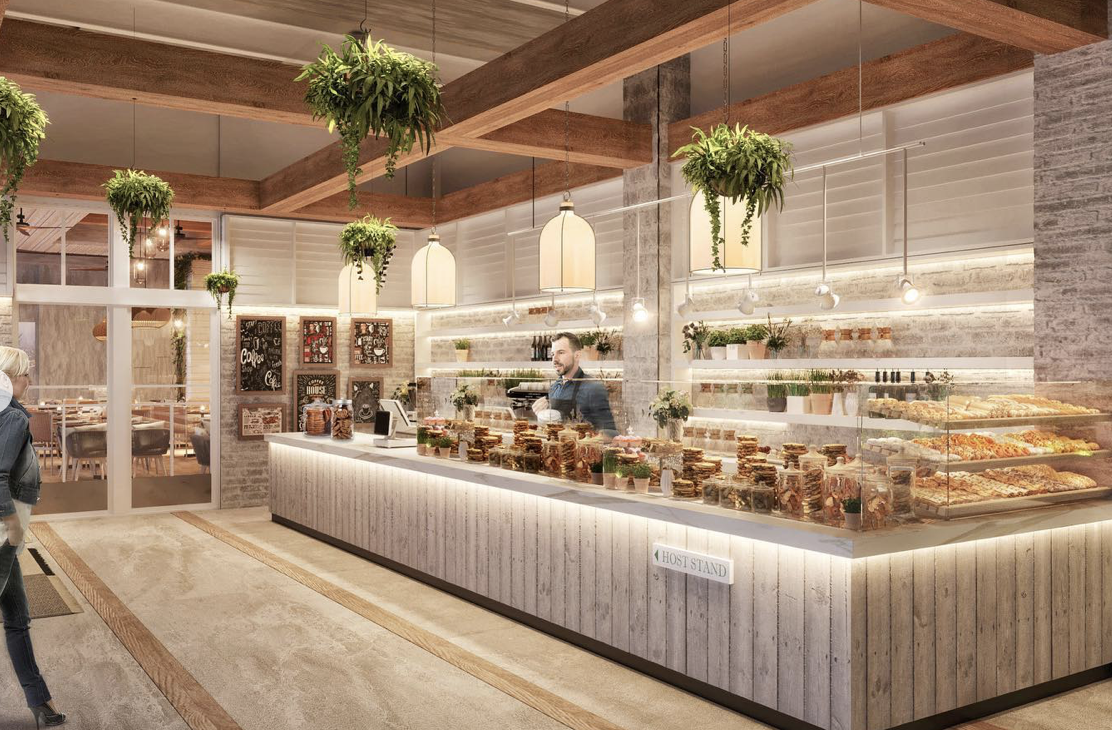
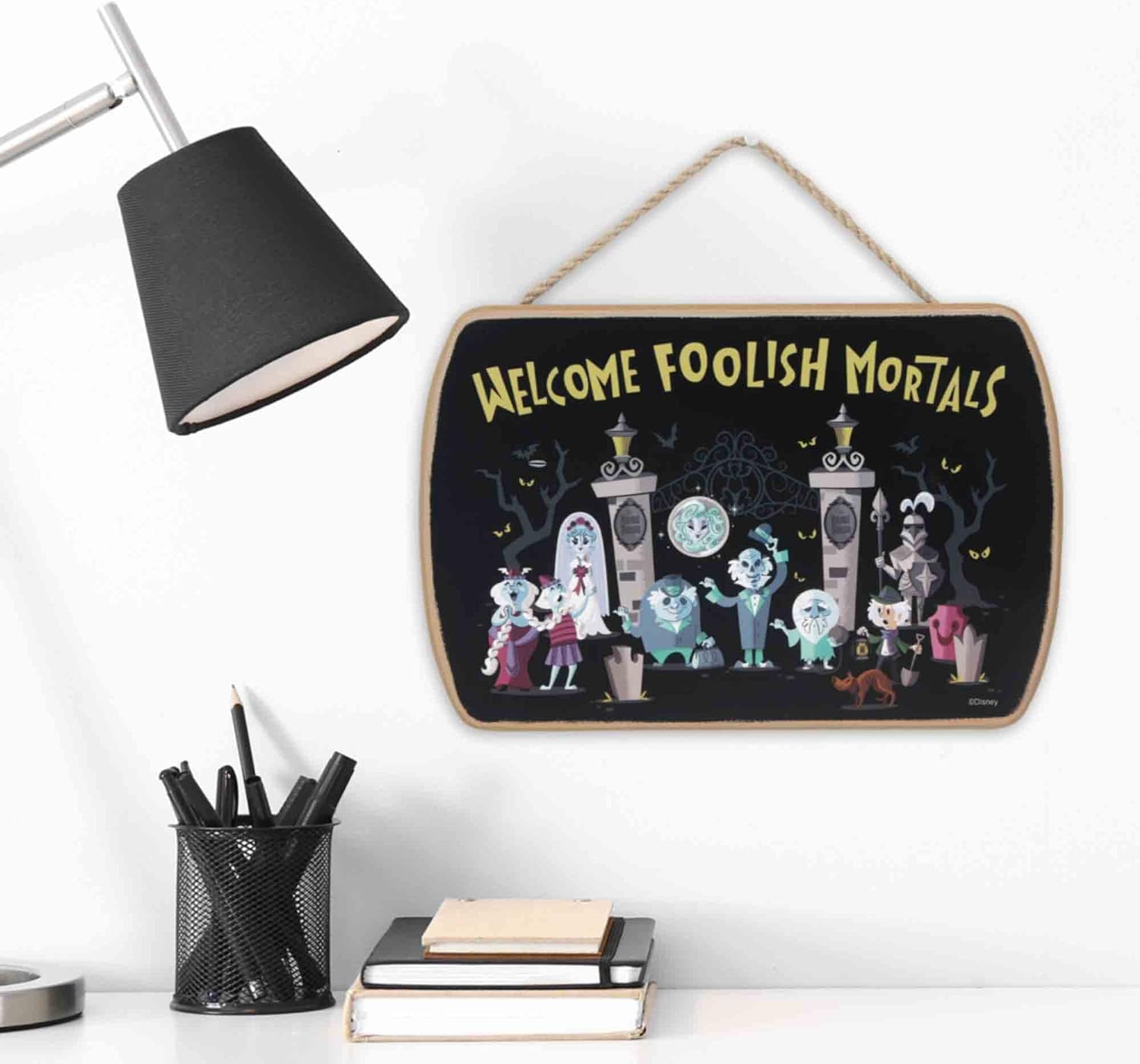



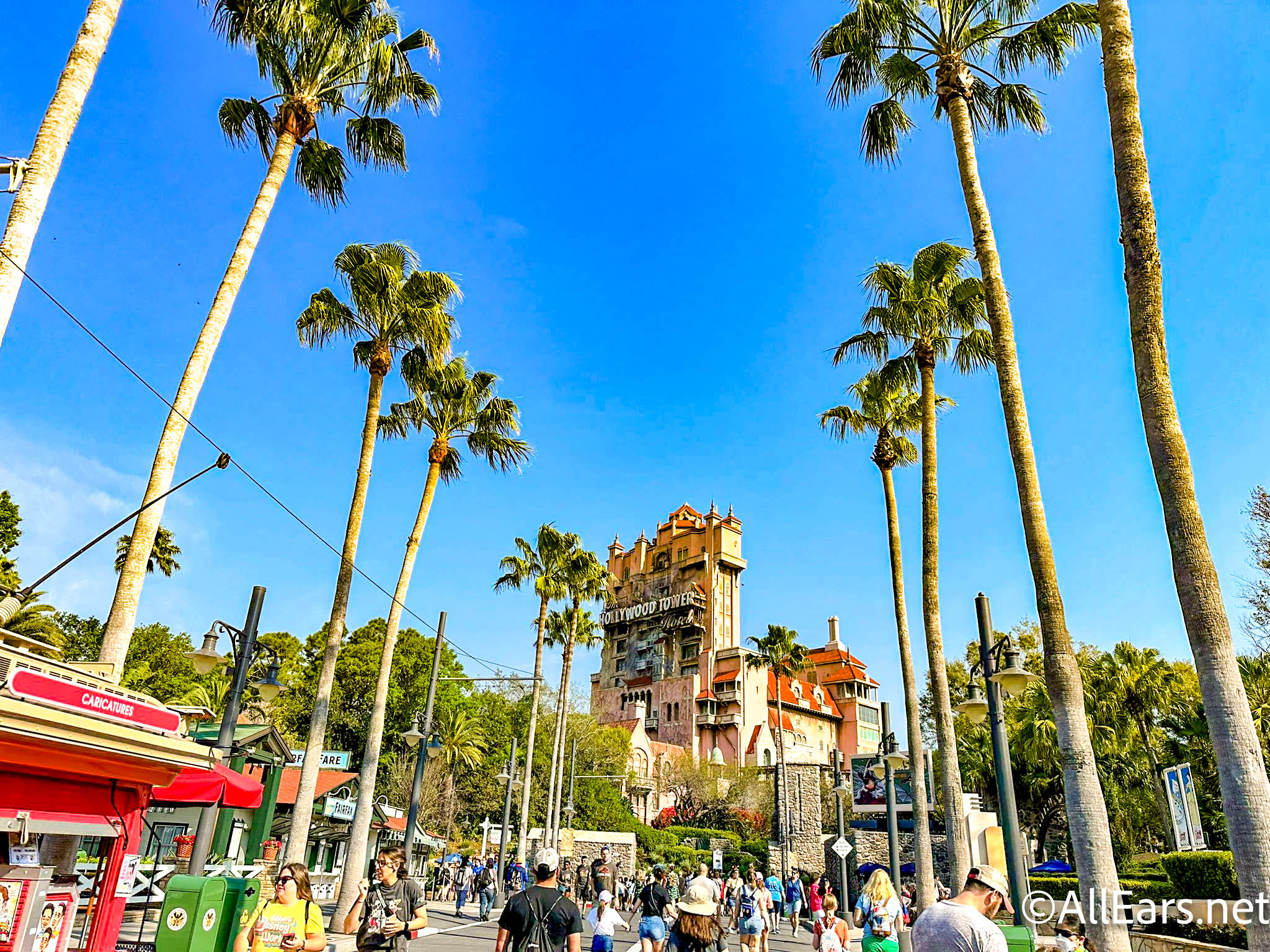
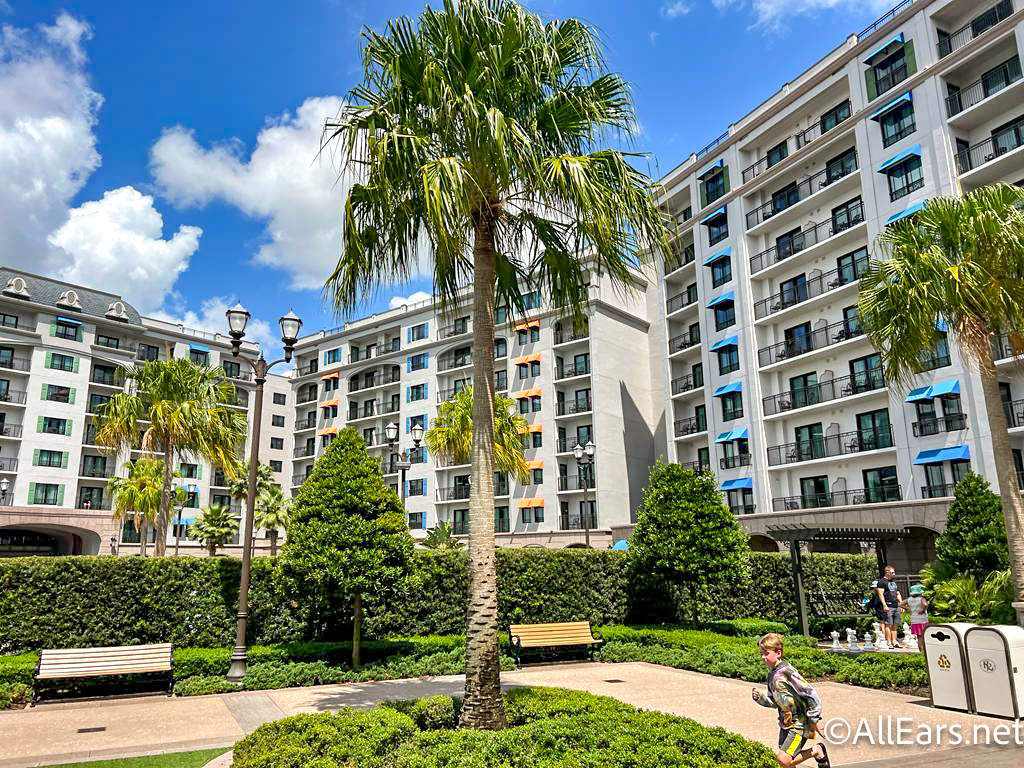
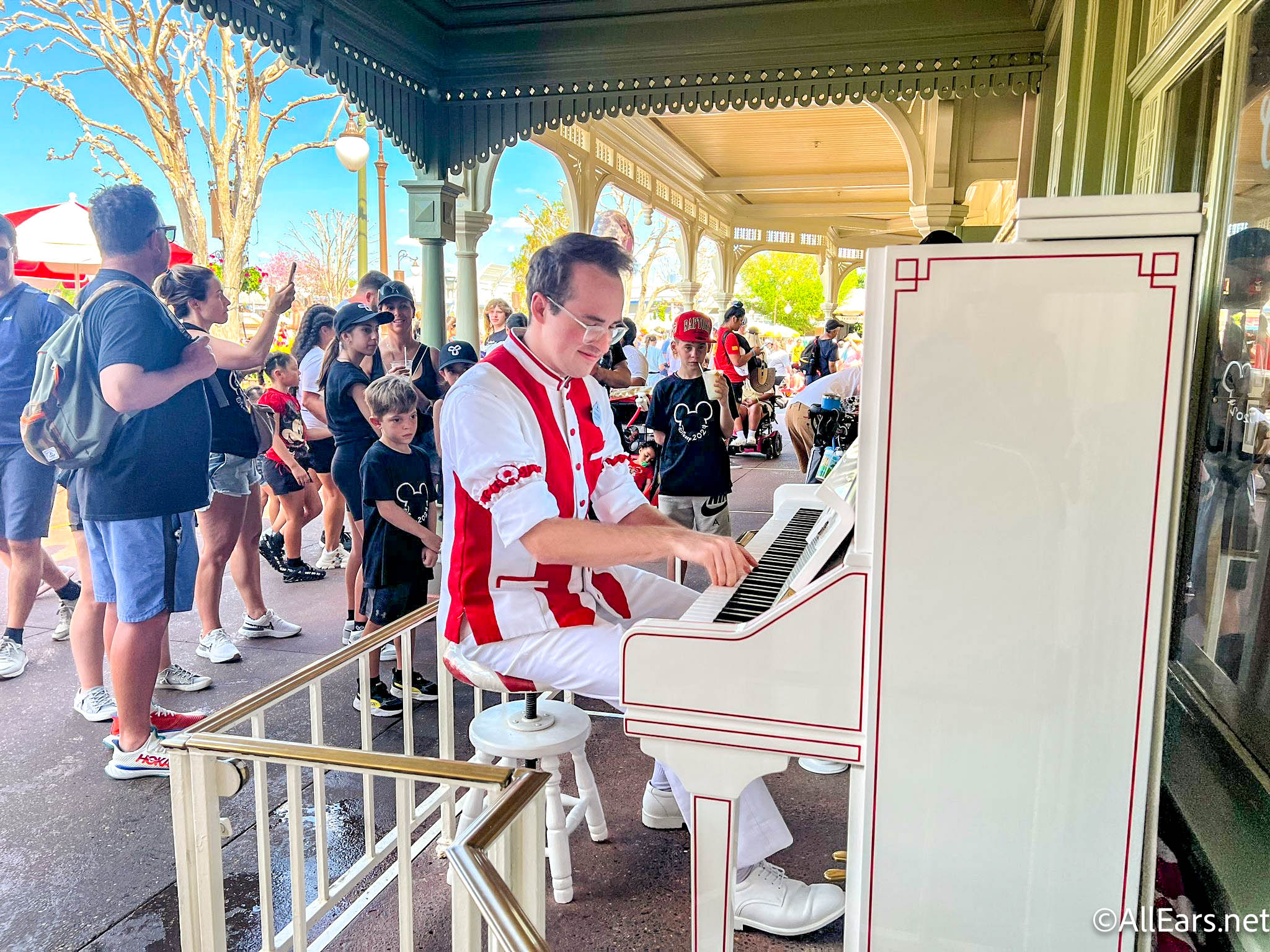

I had just graduated from college and went to the World’s Fair and did see all of Walt’s wonderful attractions.
I enjoyed this article and look forward to reading more .
I loved this article Chuck! My wife is from Queens and whenever we drive to see my in laws who still live there, we drive by the old World’s Fairgrounds. I have often said I wanted to know more about the Fair. I am looking forward to your future articles! Thank you!